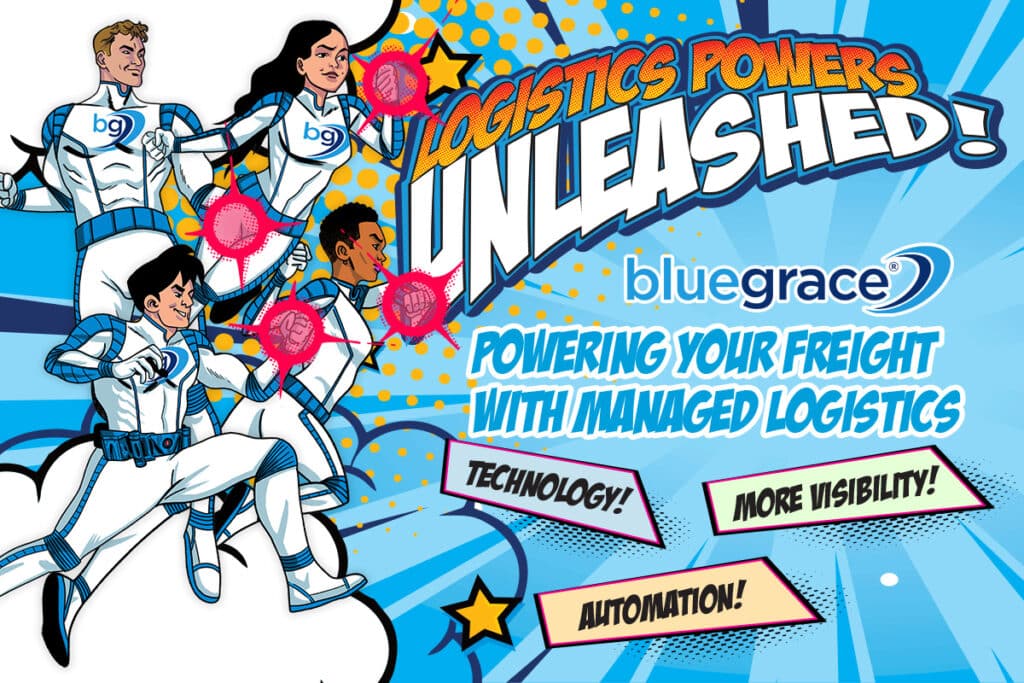
If you spend any time reading technology related content, you’d think that we’re ready to see flying cars in a few months. The talk of autonomous vehicles dominates the automotive sector and most recently the trucking industry. Trucking companies have been wanting this technology for years, but didn’t know it. They’ve complained about rising labor costs, driver shortages and excess regulations. The autonomous vehicle engineers have nearly solved these problems.
Should the Freight Industry Adopt the Idea of Autonomous Trucks in the Future – Here are some of the benefits:
- Trucks can run 24 hours a day – no hours of service regulations
- Half of the trucks will be removed from roads as they can now operate 24/7
- Maximum fuel economy – no stopping for sleep or food
- Longer transit times will be cut in half
- No labor costs for driving the truck – this will offset the higher prices of the vehicles
Will Autonomous Vehicles Become a Reality Sooner than Later?
The topic of autonomous vehicles has only been mainstream recently, however the ongoing work has been quietly advancing for quite a few years. It’s been, and will continue to be an incremental process to full autonomy. This incremental process has been happening before our eyes and we didn’t even know it. Below are some of those incremental steps toward full autonomy.
- Predictive cruise control
- Collision prevention assist
- Active blind spot assist
- Active parking assist
- Lane departure assist
- Pedestrian recognition systems
- Cross-Wind and roll-over stabilization
There is enough data available now for a vehicle to drive itself
Standard cruise control has been around for years, but the safety assist systems are comparatively new and are only found in late model vehicles. There’s enough data available now for a vehicle to drive itself. Cameras and radar are present so everything relevant to the safe operation can be picked up by the sensors. Then, an advanced computing system calculates and initiates corrective actions. These corrective actions are performed much faster than a human can react. The final piece is to remove the driver and connect these systems to the steering mechanism and fully into the driveline.
So When Could This Actually Happen?
It’s hard to say because the general public will take a lot of convincing before they will accept and trust this technology. The transition will be extremely challenging as it should be – there are many unanswered questions in regards to the programming. Philosophers have been tapped to determine what the most ethical decision would be when the vehicle has to react to a situation where there aren’t any good choices.
Here are some thoughts on how autonomous trucks may be implemented:
- Fully autonomous trucks will most likely operate on “smart highways.”
- They will be upgraded interstates
- They will incorporate sensors that communicate with the trucks
- The U.S. government will have to invest heavily into our infrastructure to make this work.
- With $19 trillion in debt, it’s doubtful they can do this.
- Lag in government spending will slow the implementation.
- Privately funded smart highways will be approved and built.
The implementation of autonomous trucks seems very likely despite the remaining obstacles.
The projected increase in efficiency will demand that this massive effort succeed. The increased efficiency will lead to a myriad of positive results to include a reduction of trucks – therefore a reduction in fossil fuel consumption and greenhouse gases.



